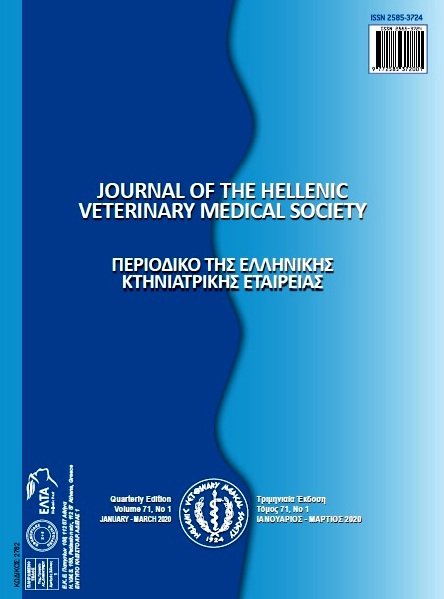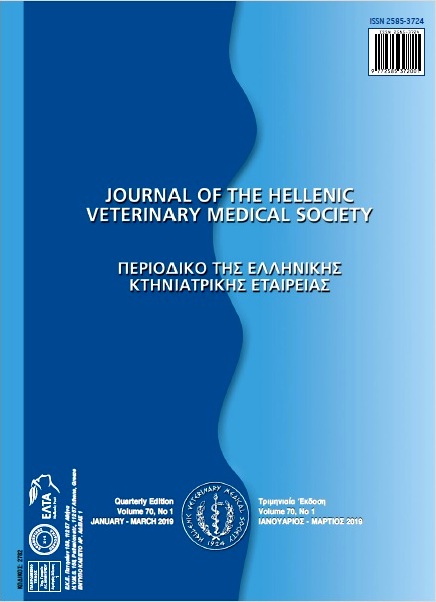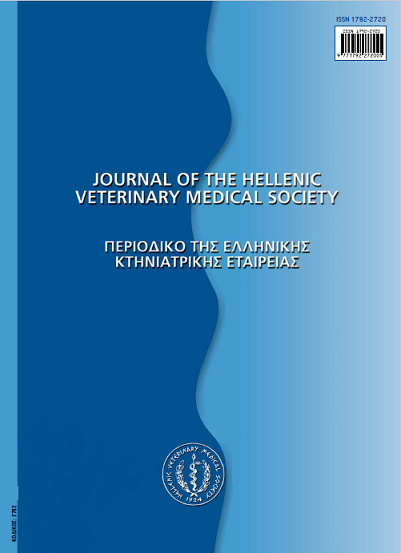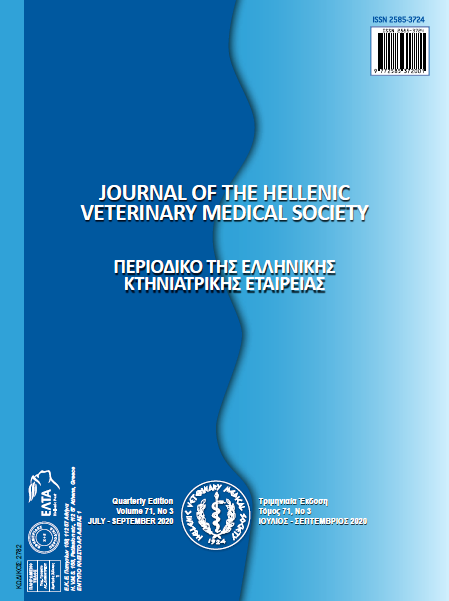Prevalence and new histopathological aspects of Haemoproteus spp. in pigeons from Iran

Abstract
Haemoproteus spp. is pathogenic protozoan that effecting blood circulatory system of birds. The present study was undertaken to evaluate the presence of Haemoproteus spp. in pigeons from Iran and associatedhistopathological changes. A total of 108 blood samples were taken from pigeons to investigate Haemoproteus spp. presence by blood smear and semi-nested PCR targeting the cytochrome b gene methods. Also, to evaluate histopathological changes 12 infected pigeons to Haemoproteus were sacrificed and studied. 34.2% of pigeons infected with Haemoproteus showed macro and microgametocytes in their erythrocytes while based on the molecular method 63.8% were infected. Focal lymphocytic aggregates, pigmentation and cell swelling were the main histopathological lesions in infected livers. Multifocal non- suppurative interstitial nephritis, pigmentation and splenic lymphoid hyperplasia were also seen in the infected pigeons. Mild lymphocytic myocarditis in the heart of one pigeon was the other finding. No histopathological changes were seen in brain, intestine, and pancreas. Schizonts with variable shapes and sizes were detected in infected livers, lungs, kidneys, and spleens but megaloschizonts were not found. This study also reports the molecular prevalence of Haemoproteus spp. in Iran
Article Details
- How to Cite
-
BAHRAMI, S., ESMAEILZADEH, S., ALBORZI, A. R., & NIKNEJAD, S. (2020). Prevalence and new histopathological aspects of Haemoproteus spp. in pigeons from Iran. Journal of the Hellenic Veterinary Medical Society, 71(1), 1925–1934. https://doi.org/10.12681/jhvms.22929
- Issue
- Vol. 71 No. 1 (2020)
- Section
- Research Articles

This work is licensed under a Creative Commons Attribution-NonCommercial 4.0 International License.
Authors who publish with this journal agree to the following terms:
· Authors retain copyright and grant the journal right of first publication with the work simultaneously licensed under a Creative Commons Attribution Non-Commercial License that allows others to share the work with an acknowledgement of the work's authorship and initial publication in this journal.
· Authors are able to enter into separate, additional contractual arrangements for the non-exclusive distribution of the journal's published version of the work (e.g. post it to an institutional repository or publish it in a book), with an acknowledgement of its initial publication in this journal.
· Authors are permitted and encouraged to post their work online (preferably in institutional repositories or on their website) prior to and during the submission process, as it can lead to productive exchanges, as well as earlier and greater citation of published work.





